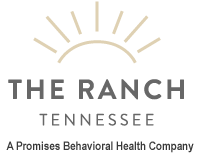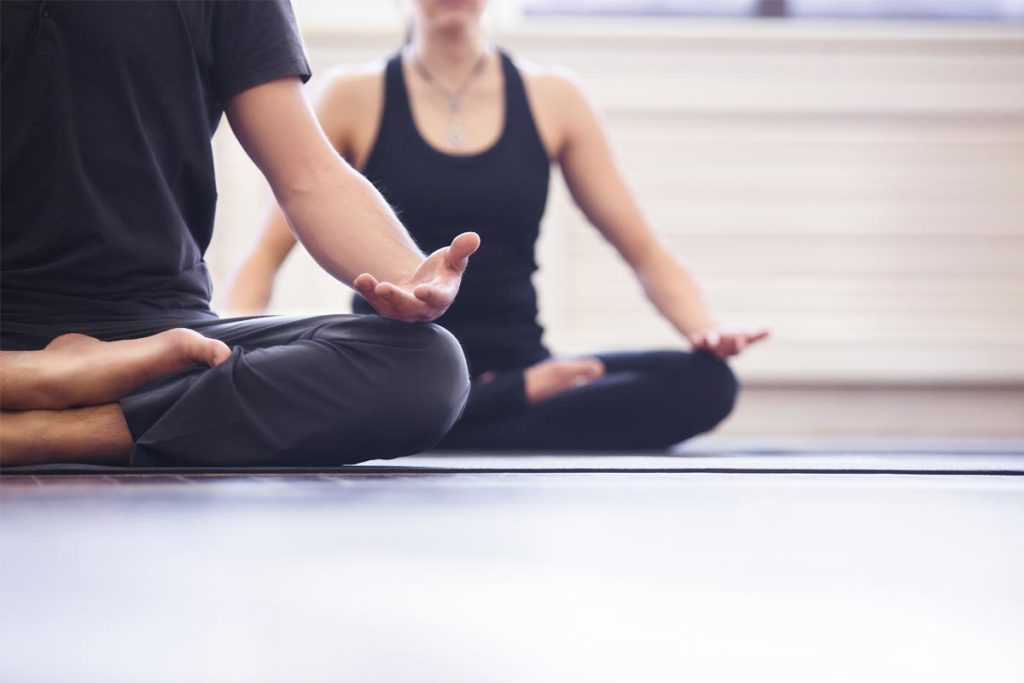It is clear that yoga is shedding its old reputation as an esoteric practice exclusively for the spiritually devout. It is also not just for those who consider themselves flexible or interested in eastern spirituality. At The Ranch TN, we use yoga to help you in the recovery process. Yoga is typically not appropriate for people in the early stages of drug detox or withdrawal. However, once they are more medically stable, yoga can support them in regaining a sense of groundedness, strength, and vitality, both physically and mentally. Read on to learn more about how yoga helps with depression and addiction and how The Ranch TN can help you.
6 Ways That Yoga Helps With Depression And Addiction
Research shows that yoga increases flexibility and muscular strength, improves respiratory and cardiovascular function, supports addiction recovery, reduces stress, anxiety, depression, and chronic pain, improves sleep patterns, and enhances the overall well-being and quality of life. Below are some of the ways yoga can support recovery from both addiction and co-occurring depression and anxiety.
Puts The Body In Motion
Studies show that just getting the body moving is extremely helpful with depression and addiction recovery. Rather than focusing on burning calories or building muscle, the yoga classes that we offer at The Ranch TN are at a level and pace that most people can benefit from. These classes add an important dimension of mindfulness that is often missing from other types of exercise.
Encourages Mindful Presence
Yoga supports clients in developing an important skill called interoception, which is the internal sense of body functioning and ownership. This skill allows people to pay closer attention to what’s going on in the body and adjust as needed. Developing interoception on the yoga mat can help people in early recovery learn to notice the subtle emotions, moods, and needs in their day-to-day lives.
It can also help people become more sensitive to emotional fluctuations and urges. Additionally, it can help them take action to intervene before these urges become overwhelming. For example, when you get an unhelpful thought or an urge that passes through your mind, you can notice it as something that is merely passing through.
Connects Mind To Body
In depression and many types of addictions, people often become cut off from the neck down. They have little to no sense of embodiment. The body and mind each run on their own autopilot with no communication between the two. Even the most simple yoga movements can begin to re-establish the mind-body connection. This can be as simple as moving the arms up with the inhale and down with the exhale.
On a physical level, people learn how to find comfort within their own skin. Mentally, this helps to open intuition and carve a deeper connection to our wise mind. This is the place within us that helps support good decision-making.
Creates Awareness Of All Sensations In The Body
Because of the brain’s negativity bias, sometimes the first things noticed by a new yoga practitioner are uncomfortable sensations or frustration with things like limited flexibility. But as practitioners continue to develop their ability to feel intercept these feelings, they also begin to notice other sensations. This can be as simple as how a certain stretch feels.
Eventually, awareness of discomfort can become an indicator to listen to the body and adjust accordingly, instead of just “muscling through” or comparing yourself to the instructor or the person on the next mat.
Helps To Regulate Emotions
Yoga is an excellent tool for self-soothing and can help you overcome depression and addiction. One of the most important tools you can develop is the ability to notice and be with sensations across the whole spectrum. These sensations will either be pleasant, neutral, unpleasant, and painful. People with addictions usually go straight to drugs, food, sex, shopping or other escapes to short-circuit any unpleasant feelings.
In yoga practice, people learn how to be present in an uncomfortable situation without needing to change it right now. Or, they learn how a sensation can actually be painful and possibly be harming them. Furthermore, they can take it as a sign that they need to do something differently. By developing intimate awareness of their own needs, people in recovery can attune better to themselves rather than what is going on externally. They learn that they don’t have to push themselves until it is painful, or run toward something to take the pain away. It takes time to develop this kind of distress tolerance and awareness, but every small movement brings them closer.
Centers Through Breathing
Breathing practices in yoga are referred to as pranayama. Pranayama can be practiced on its own, or integrated into a yoga practice/class. Recommended breathing exercises vary depending on the needs of the individual. Different techniques can help with the hyperarousal of the nervous system that accompanies depression or the hyperarousal of anxiety. For example, when someone is feeling anxious, making the exhales longer than the inhales can activate the parasympathetic nervous system to help them regulate and calm down.
If you or a loved one is suffering from depression or other mental health disorders and wants to try yoga or another form of treatment to help with depression and addiction, contact The Ranch TN at 1.844.876.7680 for help.



